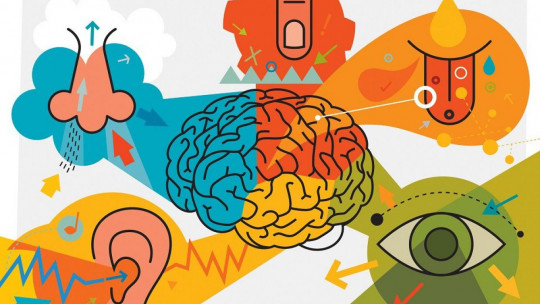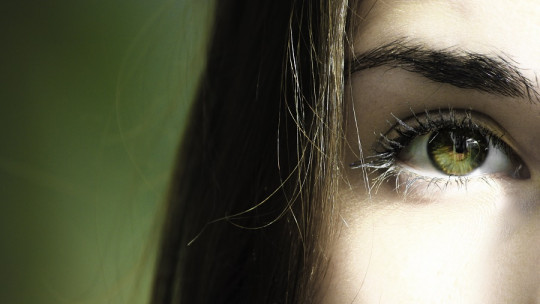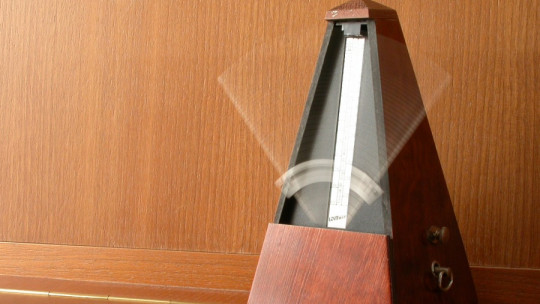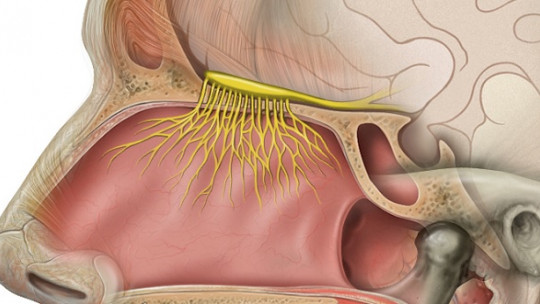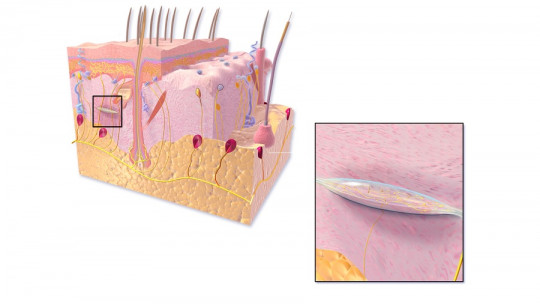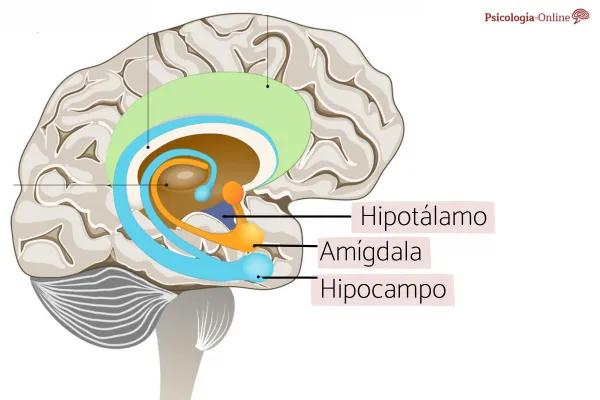Human beings, although we are members of the same species and are similar in many aspects, also have great individual differences from one another. Sensory thresholds play a fundamental role in these differences since they are about the limits that each person has to tolerate a certain stimulus.
Sensory thresholds are crucial concepts in psychology and neuroscience, defining the minimum level of stimulation required for a sensory system to detect a stimulus. These thresholds vary across different sensory modalities, including vision, hearing, taste, smell, and touch, and play a fundamental role in shaping our perception of the world around us. In this article, we delve into the intricacies of sensory thresholds, exploring their significance, measurement techniques, and real-world applications.
The Significance of Sensory Thresholds
Sensory thresholds serve as gatekeepers of perception, determining what stimuli are consciously perceived and what remains below the threshold of awareness. Understanding these thresholds provides insights into the limits of human perception and sheds light on how our sensory systems operate. By studying sensory thresholds, researchers can unravel mysteries surrounding sensory processing, perception disorders, and even cognitive functioning.
What are sensory thresholds?
Sensory thresholds refer to degree to which a subject reacts to a given stimulus taking into account the intensity necessary to notice it and for it to become annoying, among other parameters.
This is determined through the magnitude that exists between the so-called thresholds, which are composed of minimum thresholds and maximum thresholds. The lower a person’s threshold for a specific stimulus, the lower the degree of tolerance they will have for it. Quite the opposite occurs when the tolerance threshold is high; In this case the subject has a lot of tolerance to the stimulus, and may even become hyposensitive to it.
It can be understood then that the sensory thresholds They are basically the margins of our sensations
Types of Sensory Thresholds
Absolute Threshold
The absolute threshold refers to the minimum intensity of a stimulus required for detection by a sensory system. It represents the point at which a stimulus transitions from undetectable to detectable, marking the boundary between absence and presence of perception. For example, in vision, the absolute threshold corresponds to the dimmest light or faintest sound that can be detected by the human eye or ear, respectively.
Difference Threshold
The difference threshold , also known as the just noticeable difference (JND), pertains to the smallest change in stimulus intensity that can be perceived by an observer. It quantifies the sensitivity of the sensory system to changes in stimuli and varies depending on factors such as stimulus magnitude and individual differences. The difference threshold is essential for discerning subtle changes in sensory input, such as variations in brightness, pitch, or taste.
Measurement Techniques
Method of Limits
The method of limits involves presenting stimuli of varying intensity levels to participants and instructing them to indicate when they detect or cease to detect the stimulus. By systematically increasing or decreasing the intensity of the stimulus, researchers can determine the threshold at which perception transitions from absent to present or vice versa. The method of limits provides a straightforward approach to estimating sensory thresholds and is commonly used in psychophysical experiments.
Method of Adjustment
In the method of adjustment , participants have control over the intensity of the stimulus and are instructed to adjust it until it reaches the threshold of perception. This method allows for greater flexibility and participation from the observer, as they can continuously modulate the stimulus until they perceive it. While less precise than the method of limits, the method of adjustment offers valuable insights into individual differences in sensory perception and response criteria.
Method of Constant Stimuli
The method of constant stimuli involves presenting stimuli at a range of intensities, including both sub-threshold and supra-threshold levels, in a randomized order. Participants are then asked to indicate whether they perceive each stimulus or not. By analyzing the proportion of correct detections across different intensity levels, researchers can construct psychometric functions and estimate sensory thresholds with greater precision.
Real-World Applications
Healthcare and Clinical Diagnosis
In healthcare settings, knowledge of sensory thresholds is instrumental in assessing sensory function and diagnosing sensory impairments or disorders. By measuring thresholds for various modalities, clinicians can identify abnormalities in sensory processing and tailor interventions to address specific deficits. For example, audiologists use thresholds to diagnose hearing loss, while ophthalmologists rely on visual thresholds to evaluate visual acuity and detect vision disorders.
Human Factors and Design
In human factors and design, understanding sensory thresholds is essential for optimizing product usability and user experience. Designers leverage knowledge of perceptual thresholds to ensure that stimuli, such as display brightness or auditory alerts, are detectable and distinguishable under various environmental conditions. By accounting for individual differences in sensory sensitivity, designers can create inclusive and accessible products that accommodate a diverse range of users.
Marketing and Advertising
In marketing and advertising, knowledge of sensory thresholds informs strategies for capturing consumer attention and enhancing brand perception. Marketers utilize insights from psychophysics to design stimuli, such as visual elements or auditory cues, that are optimally salient and memorable. By understanding the thresholds for sensory stimuli, advertisers can create compelling campaigns that resonate with target audiences and elicit desired emotional responses.
Its limits
Let’s see what happens when a person’s thresholds are at one of the limits, whether it is the upper limit (higher tolerance to the stimulus) or the lower limit (lower tolerance to the stimulus).
1. Terminal threshold or upper limit
It refers to the breaking point between tolerance and intolerance. After this point any increase in stimulation has an unbearable effect on the subject which will inevitably have to give in its resistance.
2. Absolute threshold or lower limit
This consists of the minimum degree of sensation that must exist for the subject to be able to perceive the stimulus A lower intensity in terms of the level of the stimulus would go unnoticed by the person, since they would not be able to perceive it.
In any of these cases, a series of factors interfere that may be biological or even related to social circumstances, the subject’s upbringing, and the environment in which he or she operates on a daily basis.
This means that there are no absolute sensation thresholds in any person, that is, they are not permanent, but rather are subject to change depending on the personal circumstances of each individual
What is the differential threshold?
The differential threshold is the minimum difference in the intensity of a stimulus that must occur for the subject to notice the difference on one out of every two occasions, that is, 50% of the time.
On the other hand, the differential threshold is greater the greater the magnitude of the stimulus For example, adding 15 grams to one of two objects that weigh 50 grams can make the difference in weight between the two noticeable, but if we add them to one of two objects that weigh 5 kilograms, the difference will not be noticeable, since the differential threshold is higher in this second case.
Related theories
These are the main theories of sensory thresholds.
1. Psychophysical theory
This theory has focused most of its research in the field of absolute value, which is known as the minimum threshold, leaving aside other relevant aspects about how sensations are perceived by the subject.
2. Modern signal detection theory
Regarding this theory, there is an important variation compared to the previous one, since the threshold is not taken into account. Emphasis is placed on the detection of the signal, regardless of whether or not the subject realizes that he is receiving a stimulus
This is achieved through sophisticated measurement instruments, which are specially designed to quantify the intensity of a certain signal that the organism has received, even though it is imperceptible to the subject’s consciousness.
Methods used for stimulus detection
When researching this area, the following methods are usually used.
1. Method of limits
It consists of determining, using the approximate calculation, the point that may be closest to the absolute threshold that you want to find
2. Method of constant stimuli
In this case the subject is subjected to the stimuli randomly. That is, they are not used in an ascending or descending manner. New stimuli are simply tested constantly, and the results are recorded.
3. Average error method
In this case It must be the evaluator or the evaluated subject himself who manipulates the intensity of the stimuli it receives, until a significant change in sensation occurs.
Sensory thresholds are fundamental constructs that shape our perception of the world and influence various aspects of human behavior and cognition. By elucidating the limits of sensory perception and exploring measurement techniques, researchers gain valuable insights into the workings of the human mind. From healthcare and design to marketing and beyond, an understanding of sensory thresholds empowers individuals and industries to harness the power of perception and enhance the human experience.


